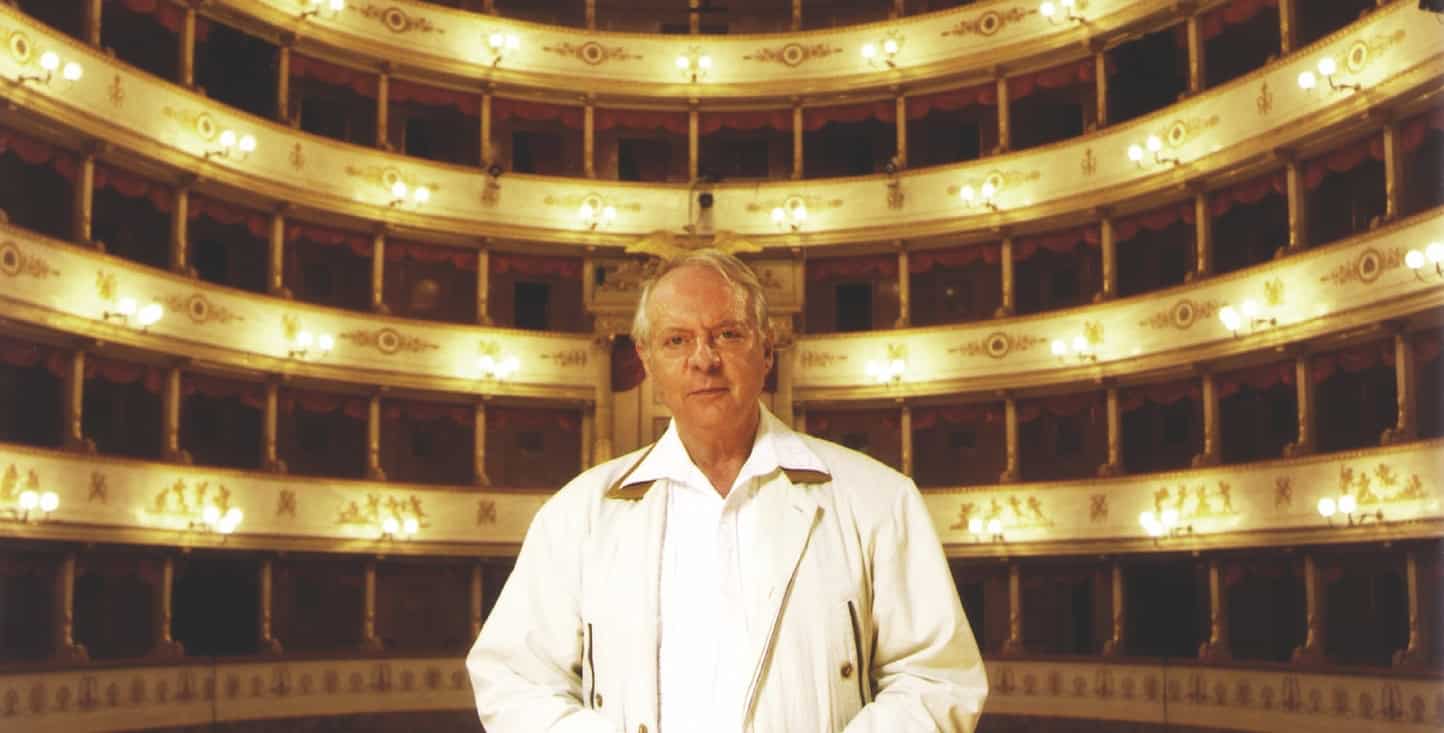The comic novel begins with a surprise: For in the first pages, the author Thomas von Steinaecker does not describe Stockhausen's childhood, but his own. We travel to the year 1989, right into Oberviechtach in the Upper Palatinate. Von Steinaecker, then twelve years old, spends the summer vacation reading, watching TV, listening to pop music, and feeling bored. Until one day, his father gifts him a record: Stockhausen's "Gesang der Jünglinge / Kontakte." To the boy, it sounds initially "quite silly" upon first listen. But then something strange happens: Thomas von Steinaecker must keep listening to the record. Fascinated by Stockhausen's wild creations, he buys more albums and reads his biography.
As readers, we dive into Stockhausen's world with him. Von Steinaecker describes a childhood in Kerpen, depicting a life between piano lessons and the Hitler Youth, the loss of his mother, and traumatic war experiences. Events that likely also shaped Stockhausen's artistic work. The author recounts, for example, how the eleven-year-old tries to mimic the roar of the fighter jets while playing the piano – until his father puts an end to the "terrible noise."
For some noise, for Stockhausen music of the stars
In the following chapters, we accompany Stockhausen on his bumpy career path. We see how he works as a laborer and parking attendant before starting studies at the Cologne University of Music. During this time, he learns compositional methods such as Schoenberg's twelve-tone technique, travels to Paris to meet Pierre Boulez and develops his first original pieces. However, the audience reacts horrified and outraged to the premiere of his now legendary orchestral work "Kontra-punkte" on May 26, 1953, in the Cologne broadcasting house. Stockhausen struggles, experiencing an early creative crisis. How he overcomes this and moves between scandal and sensation with his compositions in the following years is vividly illustrated in the graphic novel. Highlights of his oeuvre such as "Gesang der Jünglinge" or "Gruppen für drei Orchester" are addressed by von Steinaecker, as well as Stockhausen's family life, his meeting with Mary Bauermeister, and his travels to Japan and California.
The engaging story is supported by the excellent illustrations of David von Bassewitz. They add even more depth to the narrative and emphasize the inner lives of the characters. While the panels in the chapter about Stockhausen's childhood are still dark, they virtually overflow when it comes to his music: Swirls, splashes, arrows, and onomatopoeic words like "blubber, blubber" leap through the images. Von Bassewitz impressively manages to bring Stockhausen's works to life on silent paper pages.
Time and again, the narrative is interrupted by insertions from Thomas von Steinaecker's own biography. These "Kontra-punkte" – which is also the title of a Stockhausen composition – do not disturb in the least but form an interesting counterbalance. They reveal random connections and significant differences between the two protagonists. This very personal perspective makes the book a multifaceted read – especially for readers who may not have had much familiarity with the name "Stockhausen" before.








